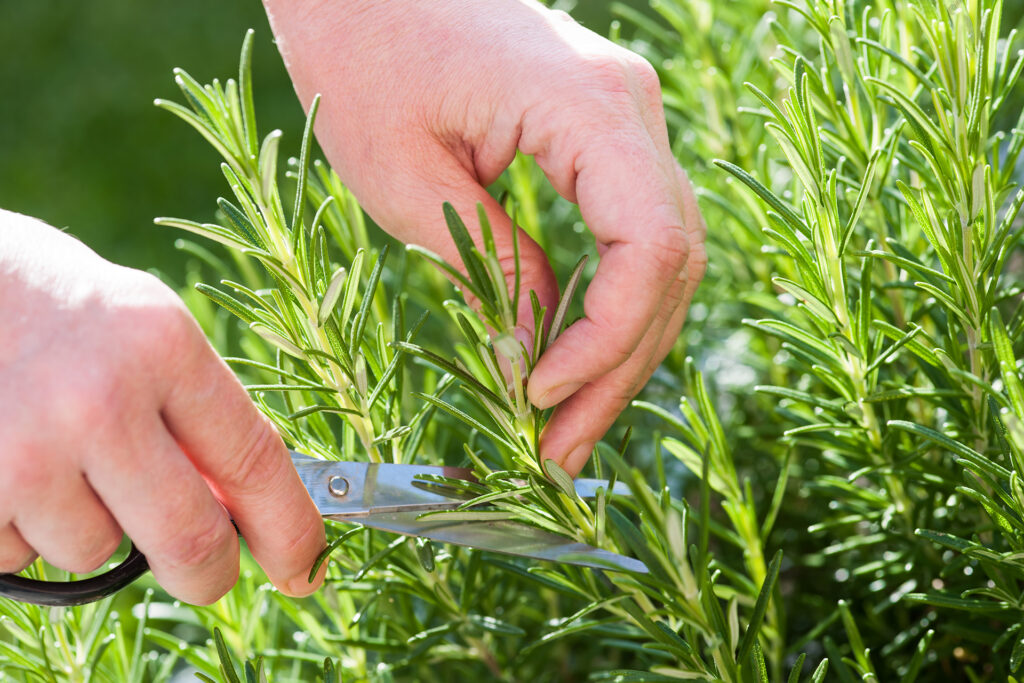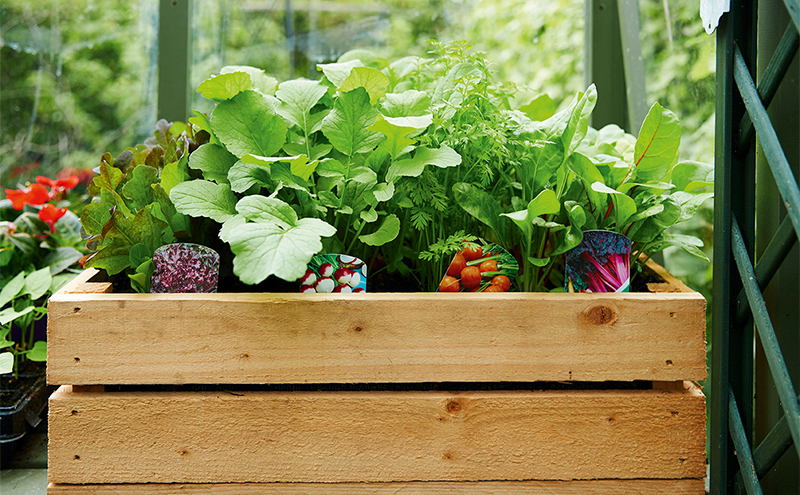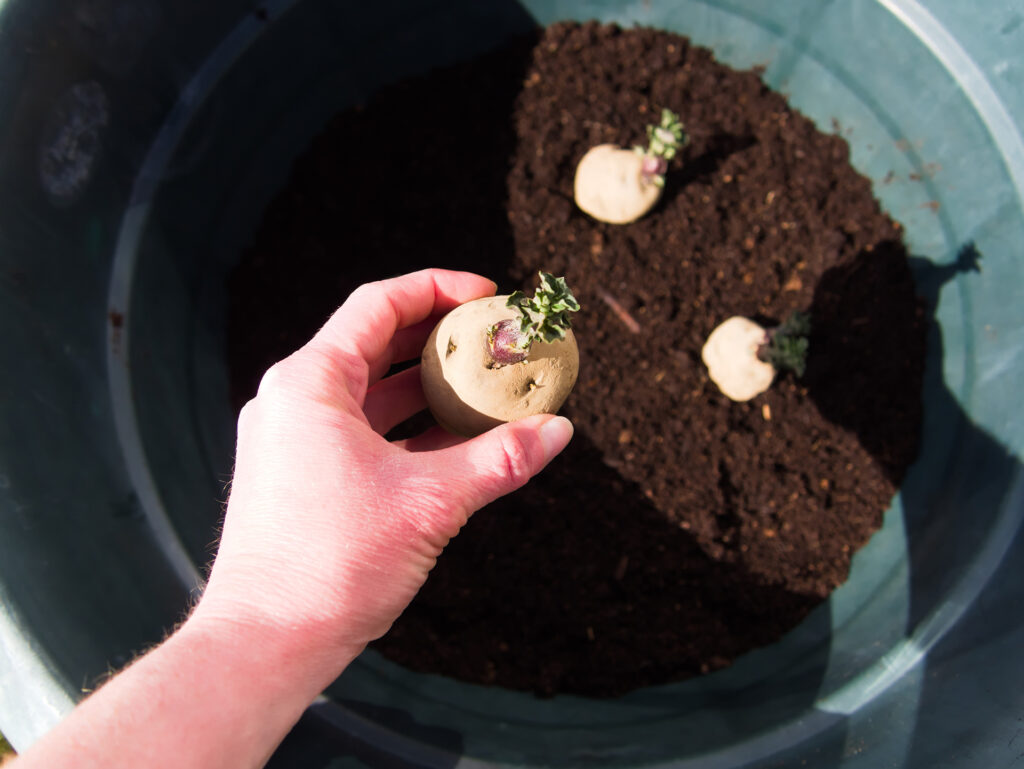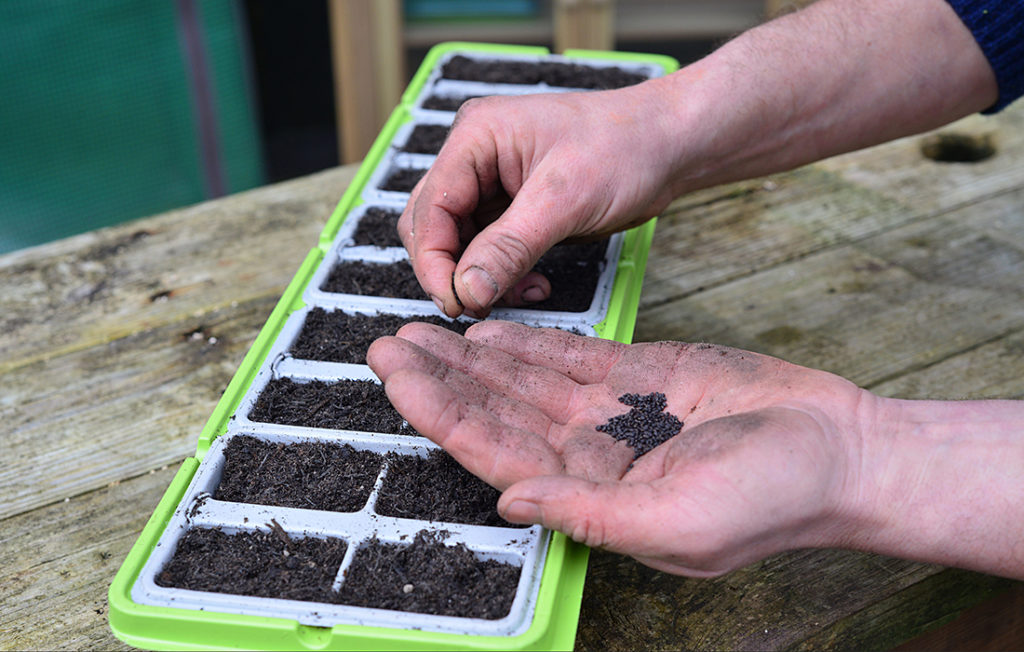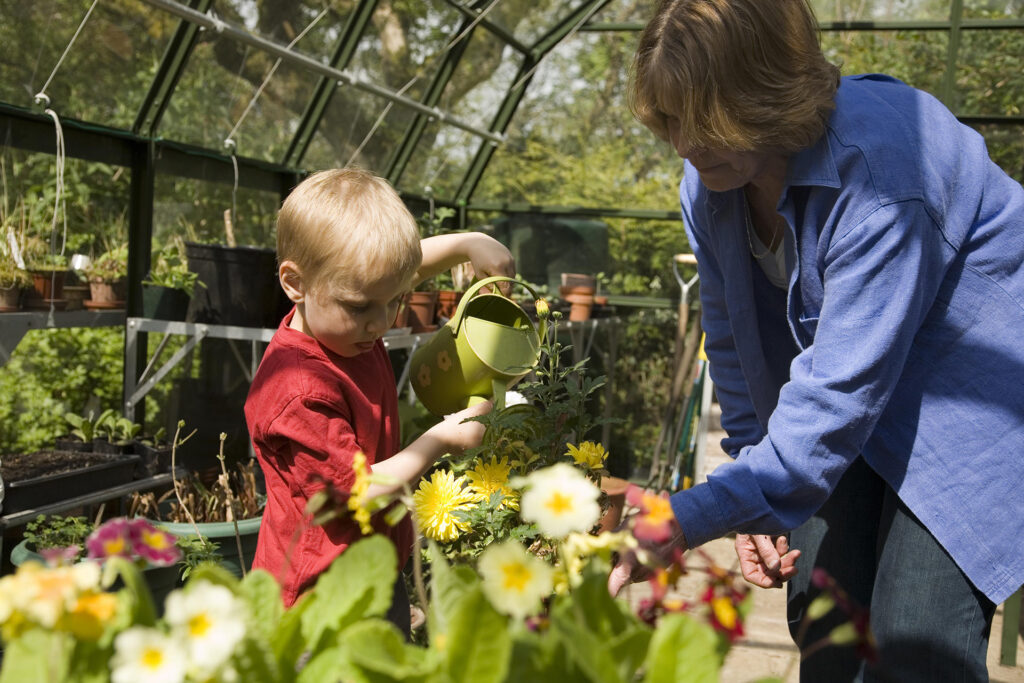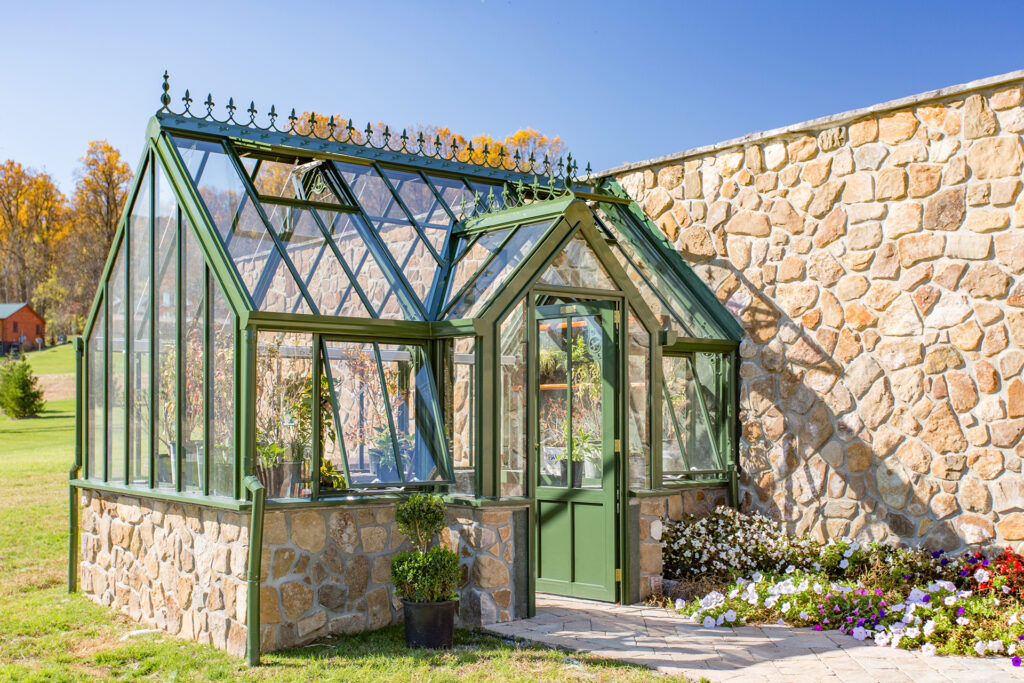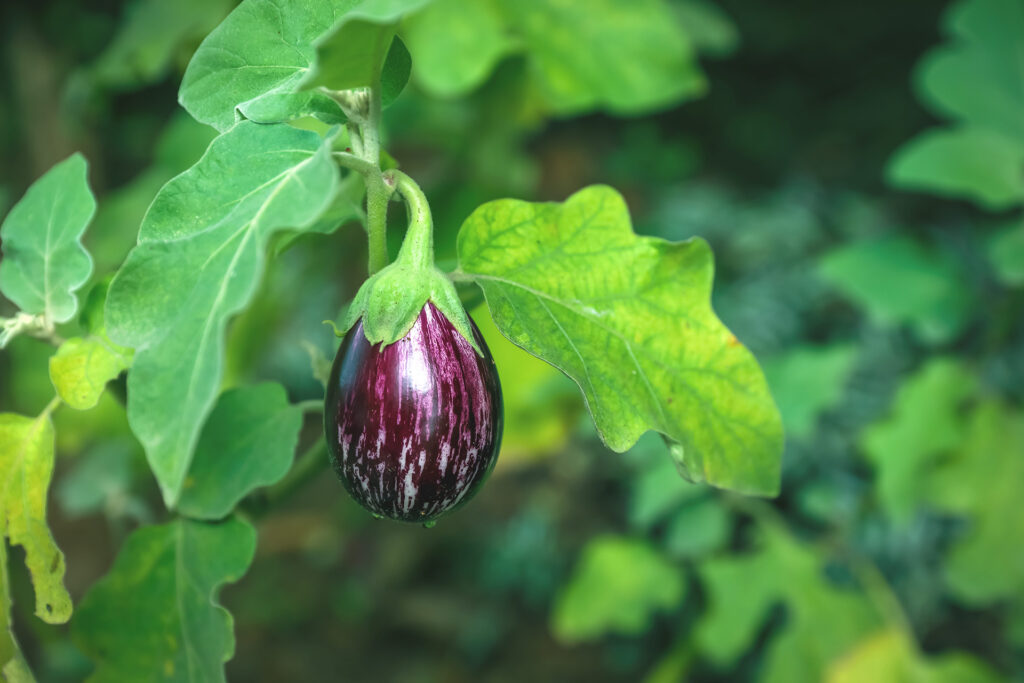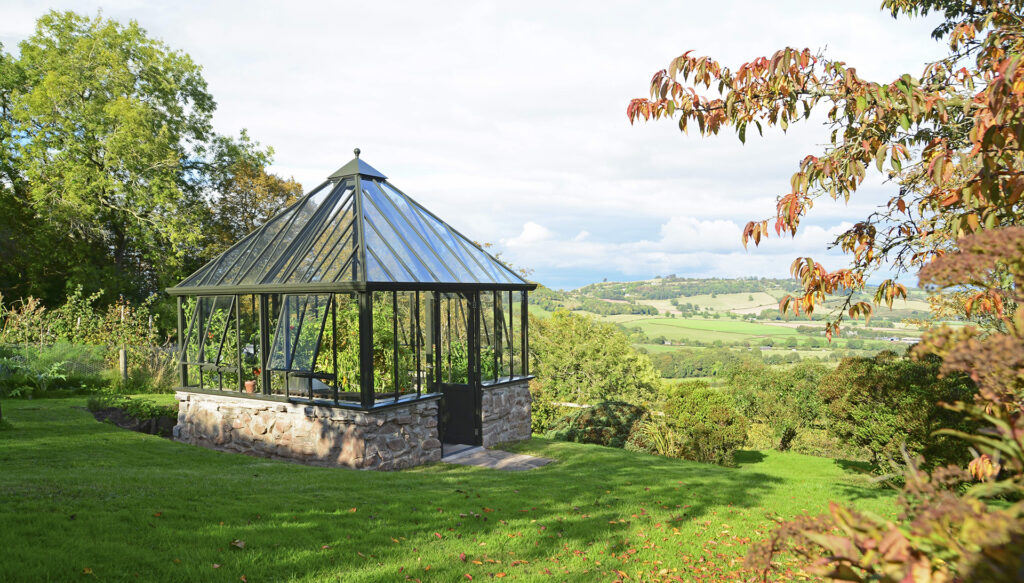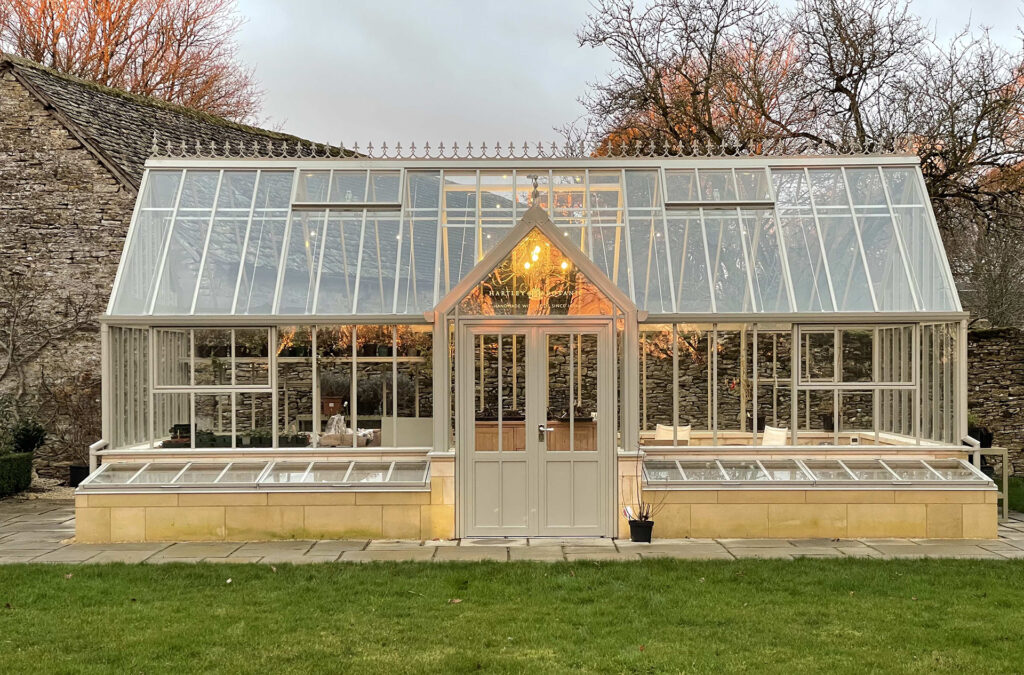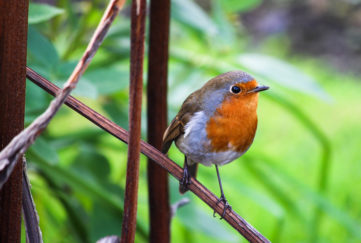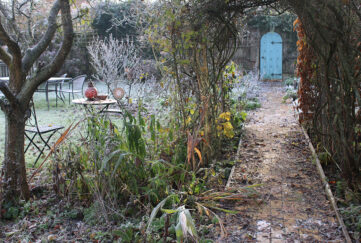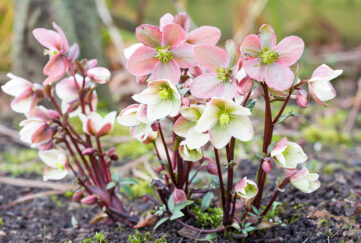Late Summer Greenhouse Tips From Hartley Botanic
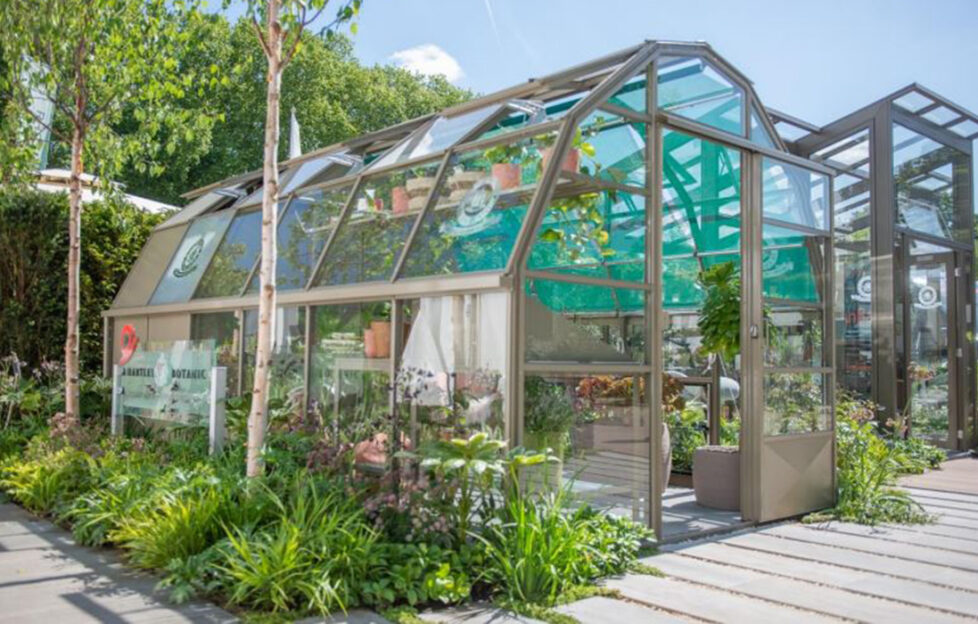
For greenhouse growers, peak to late summer presents its own challenges and opportunities, whether that’s managing the heat or propagating for next year.
Here, heritage Greenhouse and Glasshouse manufacturer Hartley Botanic provides expert advice on some essential Greenhouse jobs for the late summer season, as well as preparing for a productive winter and growing year.
Insights have been taken from Hartley Botanic’s online magazine, which provides a wealth of knowledge and inspiration. Visit hartley-botanic.co.uk/magazine/
August – propagating and starting winter edibles
Greenhouse propagation
One of the best things about having a greenhouse is being able to propagate plants, and midsummer is the perfect time to start.
Semi-ripe cuttings are an easy way to do this with climbers, trees, shrubs, evergreens, herbs and ground cover.
- The base of the cutting should be hard and ripe, the tip soft and the material should be healthy.
- Cuttings should be 10-15cm long and can be ‘heel’ cuttings – pulled way with a sliver of stem – or basal cuttings, taken where there is a slight swelling as the side shoot meets the stem.
- Cut large leaves in half horizontally.
- Dip the base in hormone rooting powder, knock off the excess and put into a 50:50 mix of free-draining potting compost and sharp sand or Perlite.
- Put the pots in the greenhouse and shade with netting or newspaper.
- Keep compost moist until they root, and remove any decaying leaves.
Winter edibles
Most gardeners use the greenhouse to protect tender plants from frost but if you have any spare room, growing late-cropping edibles is a productive option.
Salad leaves: A little protection makes growth more tender and you can continue cropping tasty salads right through winter. Order lettuce like ‘Four Seasons’ and ‘Tom Thumb’, plus oriental vegetables including pak choi and mizuna greens.
Lamb’s Lettuce, radicchio and spinach such as Veneto are ideal for late summer sowing and will be ready for harvesting from late September onwards.
Potatoes: It’s also time to plant new potatoes for Christmas or earlier. Late season, second crop potatoes, stored in temperature-controlled conditions to maintain dormancy, are sent out from late July to early August.
In warmer areas, plant outdoors immediately, protecting foliage with horticultural fleece if frosts are forecast. They will be ready to harvest from late October.
In areas where frosts are commonplace, grow potatoes in pots:
- Stand 2-3 tubers on a 12.5cm layer of multipurpose compost in a flower pot at least 30cm wide. Cover with a further 5-7.5cm of compost and water well.
- When shoots are 15cm high, almost cover them with another layer of compost, continuing the process as the stems grow until the shoots are within 5cm of the top of the container.
- Move them into the greenhouse before the first frosts.
- It is a good idea to plant several pots, leaving some to be harvested early and others for Christmas dinner. ‘Carlingford’ and ‘Charlotte’ are two reliable performers.
- They can also be ‘chitted’ (allowed to produce short shoots) and planted outdoors in late August/early September.
Autumn greens: Sow fennel, oriental vegetables like mizuna greens and pak choi, rocket, coriander dill, spinach, claytonia and land cress, in modules as soon as you can in August. These will germinate quickly and can be planted out by mid-August for cropping in autumn.
Continue sowing ‘cut and come again’ crops, like mixed herbs, in pots, greenhouse borders or growing bags. Mixed salads can be started in shade under greenhouse benching then moved outdoors.
In late August, sow spring onions, Japanese onion lettuce and spring cabbage for transplanting outdoors
August – combating the heat
It’s not only lack of water which will cause plants to fail. When it is extremely hot, there is a combination of plants not being able to draw up water fast enough (triggering ‘blossom end’ rot in tomatoes) and fierce sun magnified by glass. It is often too much for plants, and for the gardener!
Shades or roller blinds help keep your greenhouse cool. Hartley Botanic offers both options for the interior of its greenhouses. Exterior shades can rip or blow off in heavier winds.
The best location for roller shades is just below the opening vent, allowing good airflow up the glazing and out of the vent.
Ventilation is critical. Ideally, there should be vents not only at the roof ridge to let hot air flow out, but also louvre vents near the ground to allow cooler air to enter. Automatic vents can be very helpful.
Fans are useful especially in smaller greenhouses which heat up quickly. They should be positioned to blow air over the tops of plants rather than directly on them. Many nursery growers have fans near the greenhouse roof.
If you don’t have a fan, open vents early in the morning before temperatures rise.
September – ripening, cutting and deadheading
Tomatoes, aubergines and peppers are ripening, ready for cropping. If you haven’t already, begin removing individual leaves around aubergines, peppers and cucumbers to expose them to sunlight. Continue feeding with high potash fertiliser to encourage ripening.
There’s still time to take cuttings of tender plants to overwinter in the greenhouse. Bay, rosemary, sage, osteospermum and other tender plants, plus fuchsias and shrubs, propagate freely from semi-ripe and soft tip cuttings.
To take soft tip cuttings
- Remove young healthy shoots from this year’s growth, 5-10cm long
- Trim them just below a leaf joint with sharp secateurs or a knife
- Trim off leaves towards the base. Dip the bottom 2.5cm in hormone rooting liquid or powder, tapping lightly to remove excess
- Fill a 8cm pot with cutting compost and firm it gently
- Insert the cuttings round the edge, making a hole with a dibber, so leaves of adjacent cuttings do not touch, then gently firm the compost again
- For larger leaved cuttings, use one pot per cutting
- Water thoroughly and allow to drain
- Put the pot in a propagator with a bottom heat of 18-24ºC. OR put a central cane in the pot, cover with a clear plastic bag and put a rubber band over the end
- Place in a bright spot in the greenhouse, shaded from direct sun.
- Cuttings take up to four weeks to root. Keep the compost moist but not waterlogged and ‘air’ the cuttings every day to prevent fungal infections.
Deadheading
Unless you’re growing plants for ornamental seed heads or intend to save seed for the following year, ‘deadheading’ by removing the fading flower heads extends the flowering season. To be effective you need to remove the entire flower, including any developing seeds.
September – cleaning and organising
Choose a warm, sunny day, towards the end of the month, to remove the glasshouse shading and give it a clean, before the onset of autumn. Leave the interior until you have cleared away the tomatoes and other tender crops, but it is much more difficult in the cool and damp of October.
- Put potted plants outside in a sheltered sunny spot, covering with fleece if necessary. Then thoroughly tidy, clean and disinfect the glasshouse.
- Pull out any weeds hiding behind pots, and remove any plant debris – ideal places for pests to hide over the winter.
- Clean the glass inside and out, and its doors and any partitions, paying particular attention to individual frames and surrounds.
- A Hartley Botanic Greenhouse does not require a specialist cleaning solution. The glass and aluminum can be easily cleaned using hot water and a diluted household detergent
- Rinse glass with clean water to reduce smears and polish with a glass cleaning cloth
- A flexible scraper such as a plastic plant label is handy to remove any dirt build-up around the edge of windows.
- Check gutters and clean downpipes. Scoop leaves out, and flush out debris with a hosepipe or watering can.
- Clean the floor and disinfect all benches, shelving, and equipment with environmentally friendly disinfectant to help to control pests and diseases.
- Warm soapy water and a sponge is best for cleaning blinds in situ. Otherwise you may struggle to refit them. They also dry quicker while extended in the greenhouse.
Safety advice
- Do wear rubber gloves and goggles, and take care on ladders.
- Work methodically, carefully and don’t overreach.
- Wherever possible, to reduce the risk, try and work from the ground.
All Hartley Botanic’s Glasshouses and Greenhouses are handmade, bespoke and made to order. Customers interested in purchasing a Hartley Botanic Greenhouse should visit hartley-botanic.co.uk or call 01457 819 155 for more information.

